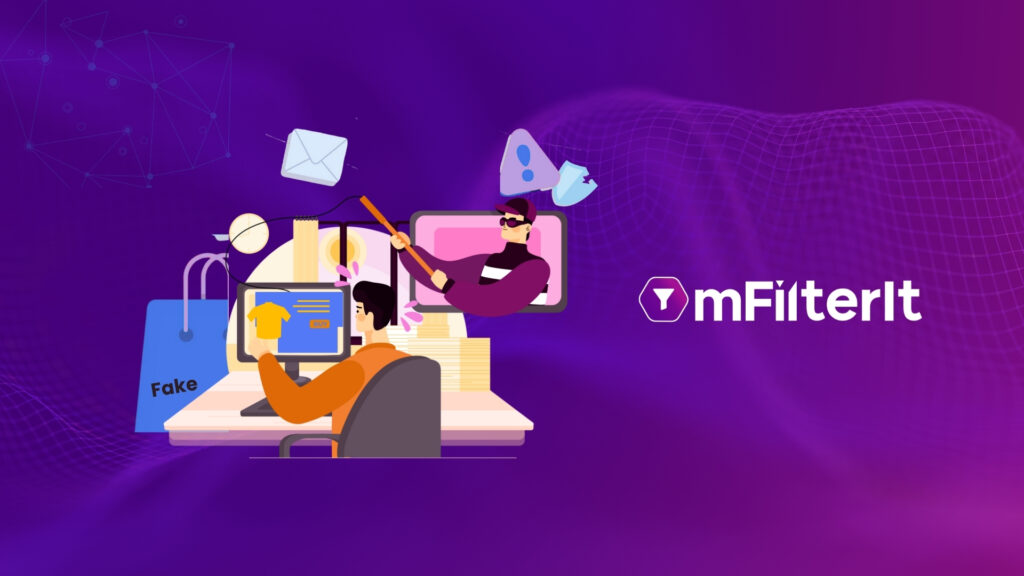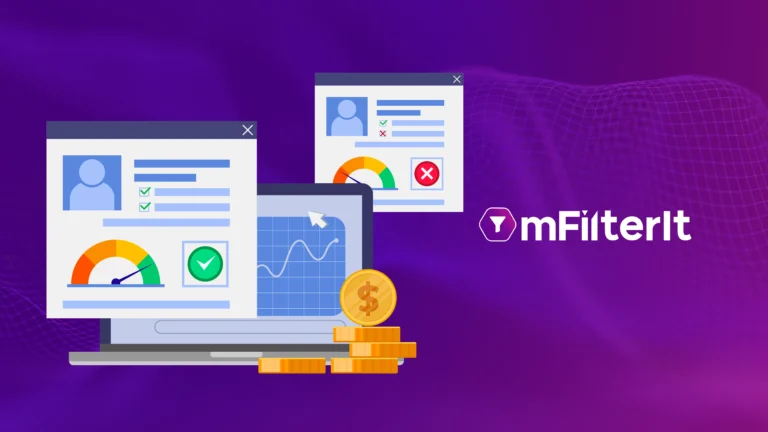In today’s hyper-connected commerce ecosystem, brand visibility is no longer limited to owned channels. From third-party marketplaces to social commerce platforms, your brand is likely to be represented – accurately or not – in places you don’t control. This growing digital sprawl has opened the floodgates to a persistent and costly threat: counterfeit fraud.
A joint report by Crisil and the Authentication Solution Providers Association (ASPA) revealed that an estimated 25–30% of all products sold in India are counterfeit, with the highest incidence observed in the apparel and FMCG sectors at 31% and 28%, respectively.
For brand owners, marketing leaders, and e-commerce decision-makers, counterfeit fraud is not just a legal risk but a business risk diluting brand equity, eroding consumer trust, redirecting revenue to illicit networks, and introducing poor quality imitations into your customers’ hands – all of which directly impacts your bottom line.
What makes this challenge more complex is that counterfeiters today operate with a high degree of digital sophistication. They mimic your assets, hijack legitimate listings, manipulate reviews, and blend fake inventory with real ones.
In this article, we explore the counterfeit ecosystem across digital marketplaces, how it affects businesses and customers, and what brands can do to combat counterfeit fraud.
Common Platforms Where Counterfeits Thrive
Despite major advancements in platform policies and fraud detection solutions, counterfeiters still manage to operate across many prominent e-commerce platforms:
1. Amazon
Amazon has introduced anti-counterfeit protection solutions like Project Zero and Transparency. However, with millions of third-party sellers, counterfeit listings still manage to bypass these basic filters, especially through listing hijacking or misuse of “Fulfilled by Amazon” (FBA) services.
2. eBay
eBay is the platform known for consumer-to-consumer sales, is often a hotspot for fake collectibles, refurbished electronics, and designer goods. While eBay does allow users to report counterfeits, the manual nature of enforcement limits its speed and scale.
3. AliExpress, DHgate, Wish
These platforms, largely dominated by overseas sellers, are frequently associated with low-cost counterfeit products, particularly in fashion, accessories, and beauty products.
4. Social Commerce Platforms
Facebook marketplace, Instagram shops, and TikTok shops have become increasingly vulnerable due to minimal content moderation. Counterfeiters leverage these platforms for product placements, often boosted by influencer endorsements or paid promotions.
5. Emerging Regional Platforms
E-commerce sites in regions like Southeast Asia, MENA, and Latin America are seeing a spike in counterfeit listings due to fewer legal frameworks and enforcement mechanisms.
How Counterfeiters Operate in Digital Space?
Modern counterfeiters are tech-savvy and use a blend of deceptive and manipulative tactics to infiltrate online platforms:
1. Deceptive Listings
Sellers use legitimate product titles, images, and brand descriptions to mislead shoppers. Sometimes, they use phrases like “compatible with” or deliberately misspelling brand names to avoid detection.
2. Mixed Inventory
On Amazon and other major platforms, third-party sellers mix counterfeit goods with authentic products in shared warehouses, making it difficult for customers to distinguish between the sources.
3. Redirects and Fake Domains
Outside the platforms, counterfeiters create fake brand websites with lookalike URLs to trick buyers into purchasing counterfeit products directly.
4. Dark Social Networks
Encrypted messaging apps and private social groups are also used to distribute counterfeit items, making them harder to monitor and shut down.
The Risks of Buying Counterfeit Products – It’s Not Just Monetary
While some price-sensitive consumers may knowingly purchase counterfeit items, many others fall victim unknowingly misled by professional-looking listings, manipulated reviews, and seemingly legitimate seller accounts. Regardless of intent, the hidden costs of counterfeits far outweigh any short-term savings, posing substantial risks to consumer safety, satisfaction, and brand perception.
Health and safety hazards are among the most alarming consequences. Counterfeit cosmetics can contain banned substances, fake electronics may catch fire or explode, and imitation pharmaceuticals can lead to serious health complications or even death.
Beyond physical risks, counterfeit products are of poor quality, lack durability and post-purchase support. Buyers are left with no warranty, no customer service, and no refund options.
The damage to brands is equally severe. Customers who unknowingly receive counterfeit items often associate their poor experience with the authentic brand, leading to erosion of trust and long-term brand equity. Moreover, financial scams, where customers never receive the product or receive blatant knockoffs, result in negative word-of-mouth and public backlash, further harming the brand’s reputation in a crowded and competitive marketplace.
How Can Consumers Avoid Buying Fake Products?

While platforms and brands continue to invest in brand protection solutions to combat counterfeit fraud actively, consumers must also remain vigilant. Their awareness and purchasing behavior are critical lines of defense against counterfeit fraud. Recognizing the signs of a counterfeit listing and knowing how to navigate e-commerce platforms with caution can reduce the chances of falling victim to fake products.
Consumers should prioritize shopping through official brand websites or purchasing from verified sellers that the brand endorses. Seller reputation matters; buying from long-established sellers with consistently high reviews and transaction volumes adds a layer of credibility. In addition, overly steep discounts should raise red flags. If a product is significantly cheaper than the typical market price, there’s a high chance it will be counterfeit.
Brands today also offer digital tools to help buyers verify the authenticity of their products. These include QR codes, serial number lookups, and mobile authentication apps.
Moreover, shoppers should always take advantage of platform protections such as secure payment methods, buyer guarantees, and staying within official platform communications. Avoiding purchases conducted through private messages or off-platform payment links helps mitigate the risk of scams and ensures recourse in case of fraud.
What Brands Must Do to Safeguard Against Counterfeit Fraud
Counterfeit fraud is not just a legal issue – it’s a brand reputation and customer trust issue. Here are proactive steps brands can take:
1. Trademark and IP Protection: Secure global intellectual property rights to empower faster legal recourse and takedown actions.
2. Authorized Seller Networks: Establish clear seller guidelines and a public list of authorized distributors and resellers.
3. Product Verification Tools: Introduce anti-counterfeit packaging, QR codes, and digital authentication systems to enable consumer verification.
4. Customer Education Campaigns: Teach your audience how to identify genuine products and report suspected counterfeits.
5. Collaborate with Platforms: Build strong relationships with marketplaces and take advantage of dedicated brand protection solutions.
6. Implement robust brand protection suite: Deploy advanced solutions like Sentinel+ that enable automated, AI-powered detection and enforcement to scale protection efforts efficiently.
How mFilterIt Can Help Brands Protect Against Counterfeits and Infringement
At mFilterIt, we offer a comprehensive, OSINT (Open-source intelligence) enabled solution Sentinel+ to protect brands in the digital commerce space and combat counterfeit fraud. What sets us apart from other brand protection solutions is the end-to-end visibility, proactive threat intelligence, and the ability to take swift and actionable steps across a wide range of online platforms.
mFilterIt’s Process to Detect Counterfeit Fraud
Step 1: Monitor Every Digital Touchpoint with All-in-One Coverage
Sentinel+ starts by scanning a wide net across the entire digital ecosystem. Unlike solutions that limit monitoring to specific channels, our system tracks brand activity across search engines, e-commerce platforms, social media, and mobile apps using open-source intelligence. This comprehensive coverage ensures no potential threat goes undetected.
Step 2: Usage of AI Models to Identify Counterfeit Indicators
Our proprietary AI models scan the digital shelf for signs of counterfeit fraud. These include both visual anomalies (like logo misuse or packaging inconsistencies) and textual red flags (misspellings, misleading descriptions, unauthorized seller names), allowing for rapid, automated detection of suspicious listings.
Step 3: Analyze Seller Behavior with Marketplace Intelligence
Once threats are identified, we dive deeper into seller activity. By tracking patterns like inconsistent pricing, duplicate listings, and shared seller infrastructure, we help brands uncover organized counterfeit networks. These insights help brands make informed decisions and escalate enforcement.
Step 4: Activate Geo-Specific and Global Monitoring
Counterfeit frauds vary by region. That’s why we enable brands to customize surveillance based on their market exposure, whether local, regional, or global. Our localized threat intelligence ensures precision in enforcement actions and policy alignment.
Step 5: Support Takedown and Enforcement Actions
After detecting and profiling counterfeit threats, mFilterIt supports brands with actionable takedown plans. These include filing infringement reports, coordinating with platform partners, and providing support when needed, ensuring counterfeit listings are removed swiftly and efficiently.
Final Thoughts
Brand protection is no longer optional – it’s a core component of modern marketing, commerce, and reputation strategy. The fight against counterfeits is a strategic imperative for preserving brand integrity and customer trust. As counterfeiters evolve, so must the tools and tactics brands use. Investing in robust, AI-driven solutions like Brand Protection Solution by mFilterIt equips your brand with the tools to detect, disrupt, and dismantle counterfeit operations across every digital touchpoint.
Therefore, now is the time to act. Don’t wait for counterfeit fraud to hit your bottom line or brand reputation.
Partner with mFilterIt today and take back control of your brand’s presence, trust, and growth in the digital age.




